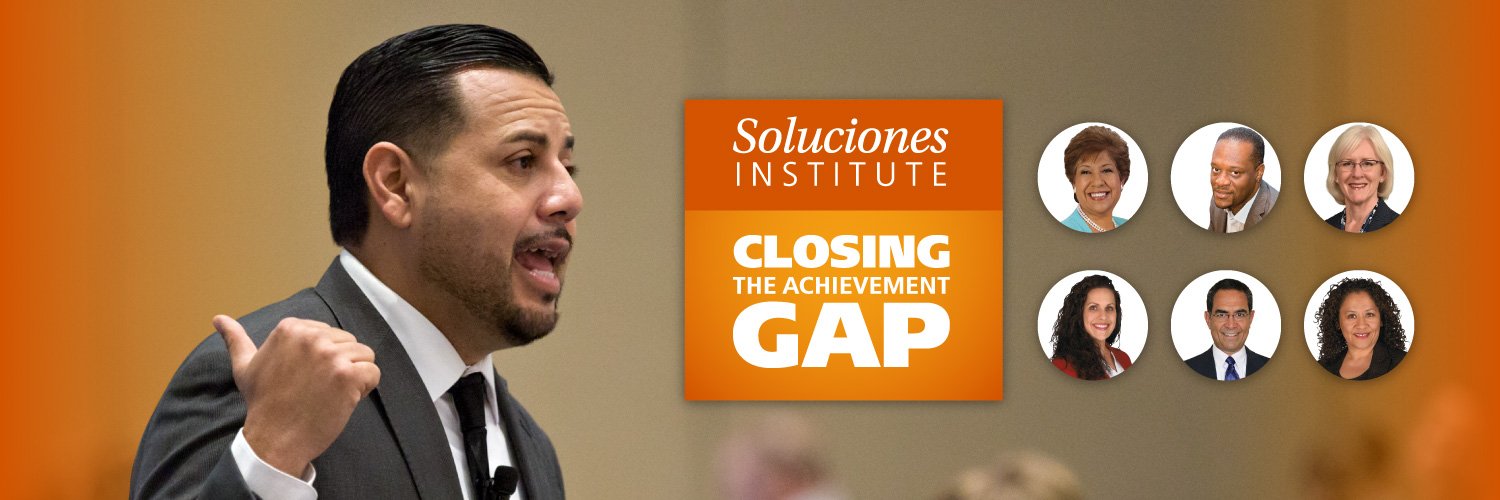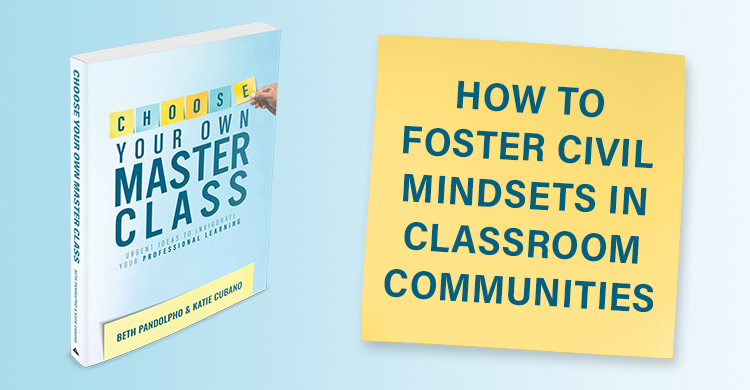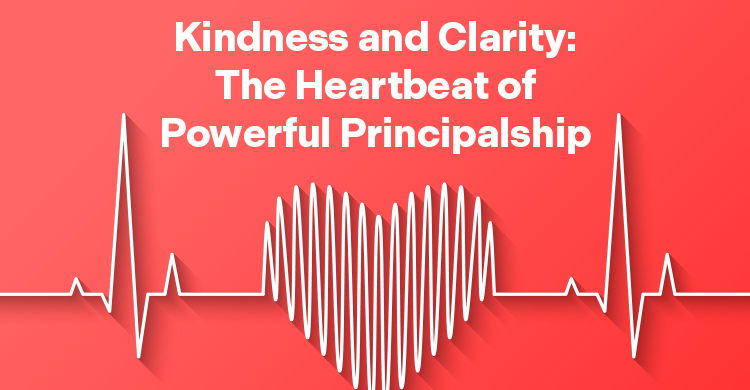This post is part of an ongoing series on the topic of Eliminating the Achievement Gap for Latino Students.
By the time the Latino student is six years old the achievement gap has already begun. According to Katherine Magnuson, “Most if not all gaps are due to economic disadvantages.” As teachers, we have no control over students’ economic situations; however, research shows that we can have an impact on their vocabulary by utilizing techniques and strategies that have resulted in academic achievement.
Latino students entering school with a limited amount of vocabulary words need to learn an extensive amount of words to catch up to their peers. Vocabulary development is essential for all students, but it is especially critical for Latino students. The more vocabulary these students are exposed to, the more they will understand the text they are reading and/or discussing. Many research studies have shown strong links between having extensive vocabulary and achieving school success. Teachers can help students bridge that gap by providing systematic vocabulary instruction. Students need interactions with rich language, the printed word, and teachers who provide them with the necessary tools to succeed. Background knowledge along with explicit vocabulary instruction are crucial for students to understand material or the topic being taught. In his book, Building Background Knowledge, Robert Marzano suggests that we can help close the achievement gap by explicitly teaching subject-specific academic vocabulary to those students who are lacking the background knowledge to succeed in school.
From Pictorial to Writing
Students need strong instructional opportunities to help them develop deep levels of word knowledge and to build their personal word bank. One of the most challenging tasks as an educator is to develop meaningful lessons in which the students can be engaged and comfortable with their learning. One of the most fun, engaging and effective ways I like to introduce vocabulary to my students before we delve into a unit is through the use of a Pictorial Input Chart (Project GLAD). A Pictorial is a large color-coded illustration on chart paper that introduces a concept and includes academic language as labels for concepts around the illustration. The chart is pre-planned and done in pencil ahead of time. The picture is sketched with the appropriate academic vocabulary. As I present the information in chunks or subtopics, I use color-coding for each chunk of information. My main purpose is to make sure that the chunk or subtopics revolve around academic vocabulary needed to understand the main topic at hand. The purpose of this Pictorial Input Chart is to make vocabulary and the concept comprehensible, organize the information and to provide a reference chart for the students. For example, I did a pictorial on a Mammoth to frontload my students for a unit on Prehistoric Animals. This Mammoth pictorial served as a reference for my students as they began to engage in collaborative discussions and cooperative writing. This chart is posted on the wall and is revisited before each lesson honing in on the highlighted vocabulary. This chart is then used as a reference when we are discussing, reading, and writing about our topic. New information will be gathered and added. This chart is used as a reference and is an integral part for the final writing assignment on this topic. This strategy has brought wonderful results to all my students, but it has especially helped my Latino students achieve academic success.
Come and join Soluciones: Eliminating the Achievement Gap for Latino Students. This amazing conference will leave you inspired, energized, and ready to make the future bright for your Latino students.
[author_bio id=”227″]








